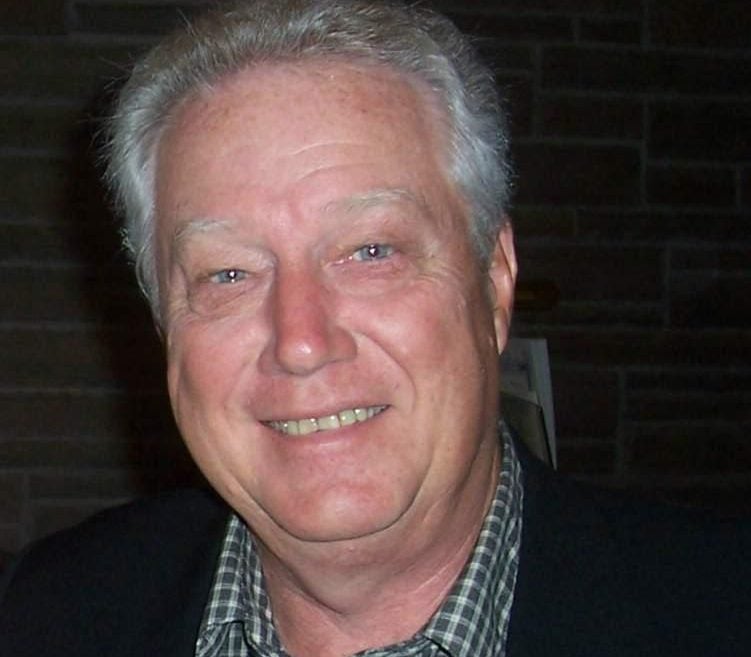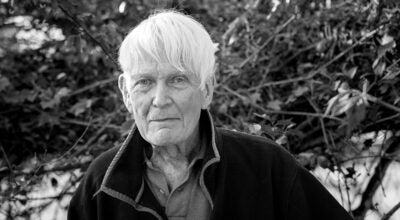The Nature Corner: Two magnificent raptors, the masterful and the majestic
Published 10:38 am Saturday, August 29, 2020
|
Getting your Trinity Audio player ready...
|
By Ernie Marshall
One of the many ways The Coastland Times is a wildlife-friendly newspaper is that photos of the regional fauna often appear in its pages, which of course visually enhances the paper. This is due I suppose (besides editorial leanings) to both the abundance of wildlife on the Outer Banks and also there being a number of excellent wildlife photographers about who frequently contribute their work (including my good friend Jeff Lewis from Manteo).
So photos of bears, sea turtle, otters, owls, various songbirds and fish species grace the newspaper’s pages. What caught my eye lately, on the front page of the June 14 edition, was an osprey photo. The osprey was perched on a post as if posed to go after another fish, looking back over its shoulder into the camera’s lens. It is a hawk species (sometimes called a “fish hawk”) with a dark brown body with a mostly white head but a wide brown stripe running through it eye from beak to the nape of its neck. This bird I refer to in my column’s title as “the masterful,” because ospreys are truly masters at catching their prey, fish.
More in a moment about why ospreys are so good at catching fish, but first let me introduce the bird of prey I am calling “the majestic,” the bald eagle (which has also appeared in photos in The Coastland Times) and get these two wonderful birds into the same story.
Lake Mattamuskeet, home of the Mattamuskeet National Wildlife Refuge, is a choice location for seeing both ospreys and bald eagles, but usually not in the same season.
Ospreys nest there in abundance. Usually at the top of cypress trees found along the edge of the lake. The cypress trees being in water, the ospreys and their nestlings are safer from predators, mostly raccoons. They are also convenient to their “fishing hole,” a 40,000 acre shallow lake full of fish.
As I recall, a census a decade or so ago (back when I was volunteering at the refuge and up on these matters) came up with about eighty nesting pairs. Ospreys are long distance migrants, wintering as far south as northern South America, but generally return to the same area to nest and raise young, often the same nest. With a little refurbishing (add some more sticks, a bit of soft lining) and they are ready for another breeding season.
Bald eagles do nest in the vicinity of Lake Mattamuskeet, but are most abundant in the winter. They tend to follow the waterfowl migration south from further north. Spending a winter day at the refuge, I have seen as many as a dozen eagles, but a favored place for seeing an eagle is the small “island” of cypress trees in close view to the observation gazebo about halfway across the lake causeway (highway NC 94 between U.S. 264 and Fairfield).
It takes a bald eagle about five years to fully acquire its snow white head and tail feathers. Some folks get confused by the fact that the majority of eagles you are bound to see are immatures, hence large dark brown birds with perhaps a scattering white streaks and patches, appearing at a distance somewhat like a turkey vulture. (A good mark of difference is that eagles soar with very flat wings, turkey vultures with a slight V to the wing shape.)
Bald eagles are found only in North America, northern Mexico to Canada and Alaska (ospreys are virtually worldwide in their distribution) and are the largest of our birds of prey (excepting the rare California condor), with a wing span of over seven feet. (For comparison, if you spread out your arms “spread eagle” fashion, fingertip to fingertip, you will measure at least a foot shy of that. I measure five and a half feet.) It is truly a regal looking bird, dark brown with pure white head and tail, yellow beak and feet and a gold eye that seems to cast a penetrating stare of authority. Appropriately the bald eagle has been our national symbol since 1782, its image displayed on seals, coat of arms, dollar bills and corporate logos. The only thing missing is the voice of the bird. It is a series of chortling chirps, so the loud penetrating call of the red-tailed hawk is often dubbed in for car commercials and such.
As with ospreys the favored food of bald eagles is fish and since ospreys are the more skilled at catching them eagles are known to steal an osprey’s catch. Eagles eat other prey. I have commonly observed them catching coots, fairly easy to come by at Lake Mattamuskeet. They also stoop to scavenge. I’ve came across a bald eagle helping itself to a roadkill deer carcass in the company of half a dozen turkey vultures on a Hyde County back road. These less than noble traits prompted Benjamin Franklin to have some misgiving about the bald eagle as our national symbol. Oh well, who’s perfect.
Now, to give the osprey, the master fisherman, his due. Less regal than the eagle, it is half its size (a third the weight), but specially tooled for its job.
Besides its talons and hooked beak, it has long legs (it hits the water feet first) and rotates its outside toe to the rear, giving it two grasping toes front and back for a better grasp on the fish. Also, to give it a firmer grip, it has short spines (spicules) on the bottom of its feet (somewhat like cleats on golf or tack shoes). Having secured its fish, it now lifts is long slender arched wing out of the water, and pulls itself into the air. It gives itself a shake (its oily feathers shed the water), positions the fish facing front for more streamlined flight and heads for the nest to share its catch with mate and nestlings.
Watching an osprey at its task it rarely misses, deftly accomplishing all those maneuvers. I sure wish I had some of that luck back in my fishing days!
Ernie Marshall taught at East Carolina College for thirty-two years and had a home in Hyde County near Swan Quarter. He has done extensive volunteer work at the Mattamuskeet, Pocosin Lakes and Swan Quarter refuges and was chief script writer for wildlife documentaries by STRS Productions on the coastal U.S. National Wildlife Refuges, mostly located on the Outer Banks. Questions or comments? Contact the author at marshalle1922@gmail.com.
FOR MORE COLUMNS AND LETTERS TO THE EDITOR, CHECK OUT OUR OPINION SECTION HERE.




